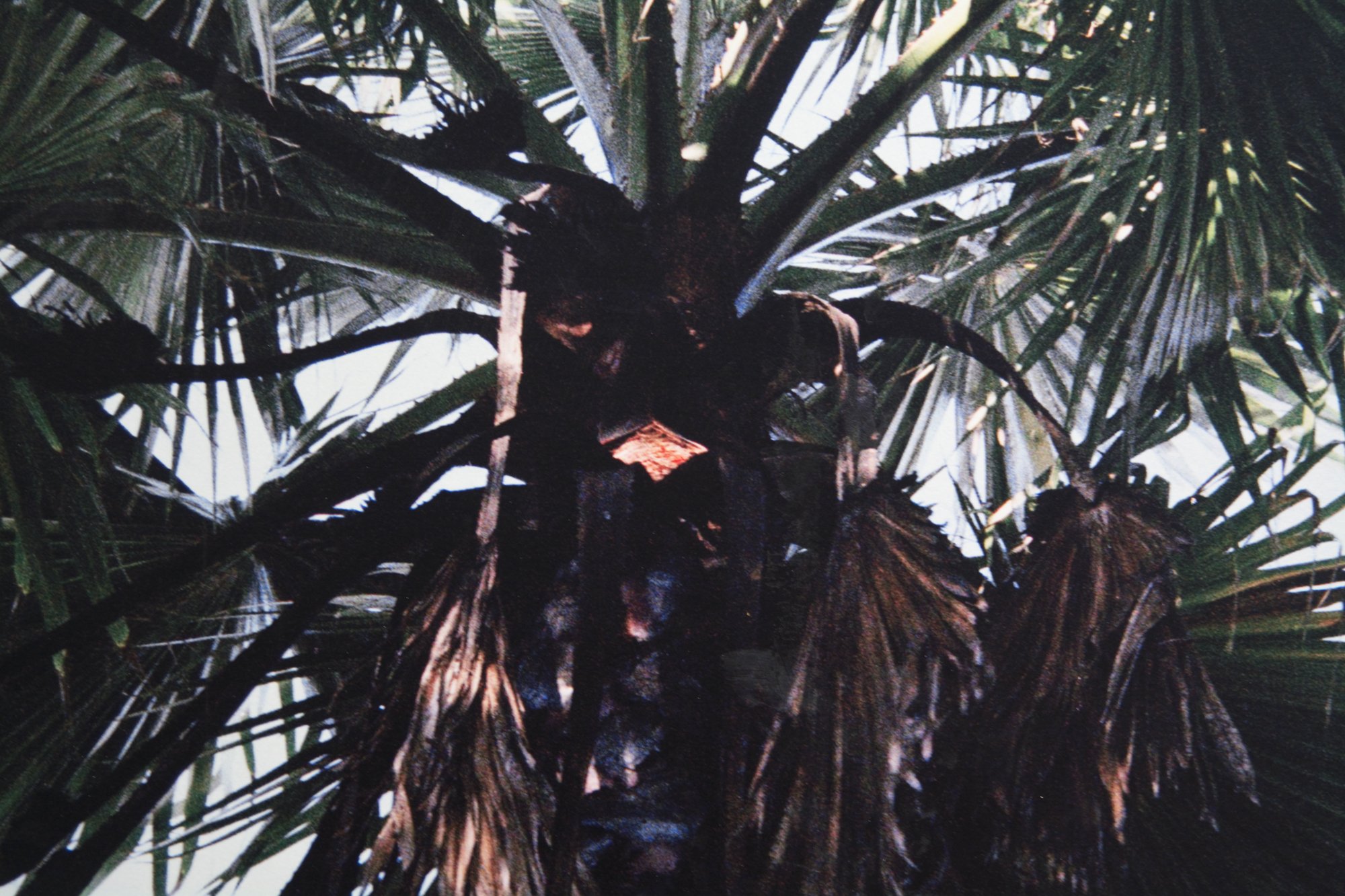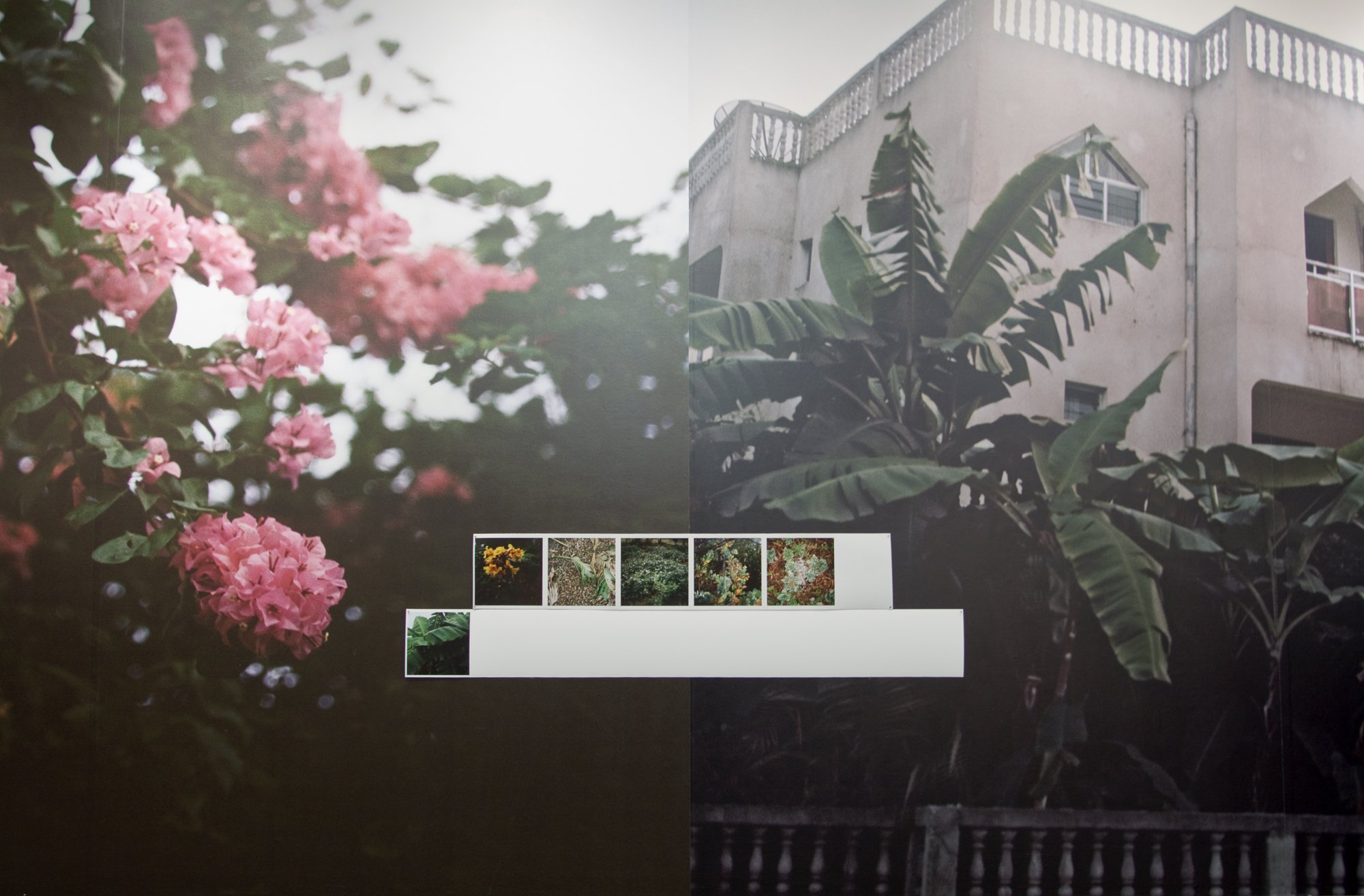Love Song #9 (I knew you before I met you): Works by Mimi Cherono Ng’ok
August 30 - December 14, 2018
Idea Lab
Mimi Cherono Ng’ok (Kenyan, born 1983) created Love Song #9 (I knew you before I met you) specifically for the Idea Lab. In these vivid color photographs of vegetation, architecture, and people, the artist combines the visual language of vernacular photography, the tactility of printed material, and the immersion of installation art to produce an emotional, multisensory experience.
In her work Cherono Ng’ok presents an affective register distinct from most visualizations of “African photography,” which typically focus on subjects such as the colonial gaze, the postcolonial fashioning of the self, or the apartheid-era fight for civil rights. Indeed, the artist describes her practice as an “emotional cartography”—a photographic mapping of her sense of attachment to the people and places she encounters.
Love Song #9 (I knew you before I met you) can be perceived as a visual score that amplifies the heartrending and heartwarming qualities of ordinary types of pictures such as travel snapshots or those found in family albums. Abstracted and printed large-scale as wallpaper, images of a supine deep brown torso laying languidly across a floral bedspread, Bougainvillea bushes blooming hot pink, and barbed wire lining a concrete building resonate deep and low like bass notes as white margins mark silent pauses in the composition. An expanse of pine trees, succulents, and flowering coniferous plants imbues the space with a quiet forest ambiance. Smaller images printed serially as contact-sheet proofs on bamboo, rice, and photo-rag paper overlay the gallery walls. These close up garden views of dense, verdant foliage act as a visual refrain.
Rhythmically aligned, the stacked images create a synesthetic experience in which seeing can also be perceived as hearing and touching. A record of becoming and everyday life, Love Song #9 (I knew you before I met you) encourages a meditation on the bond between people and their environments.
Curated by Uchenna Itam




